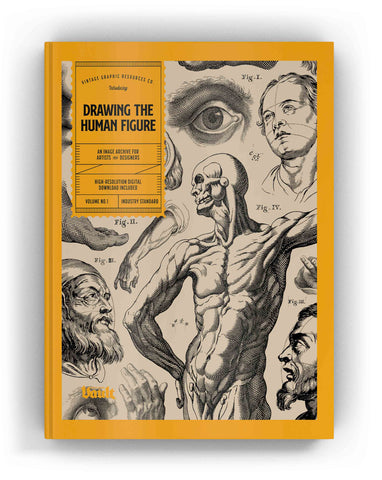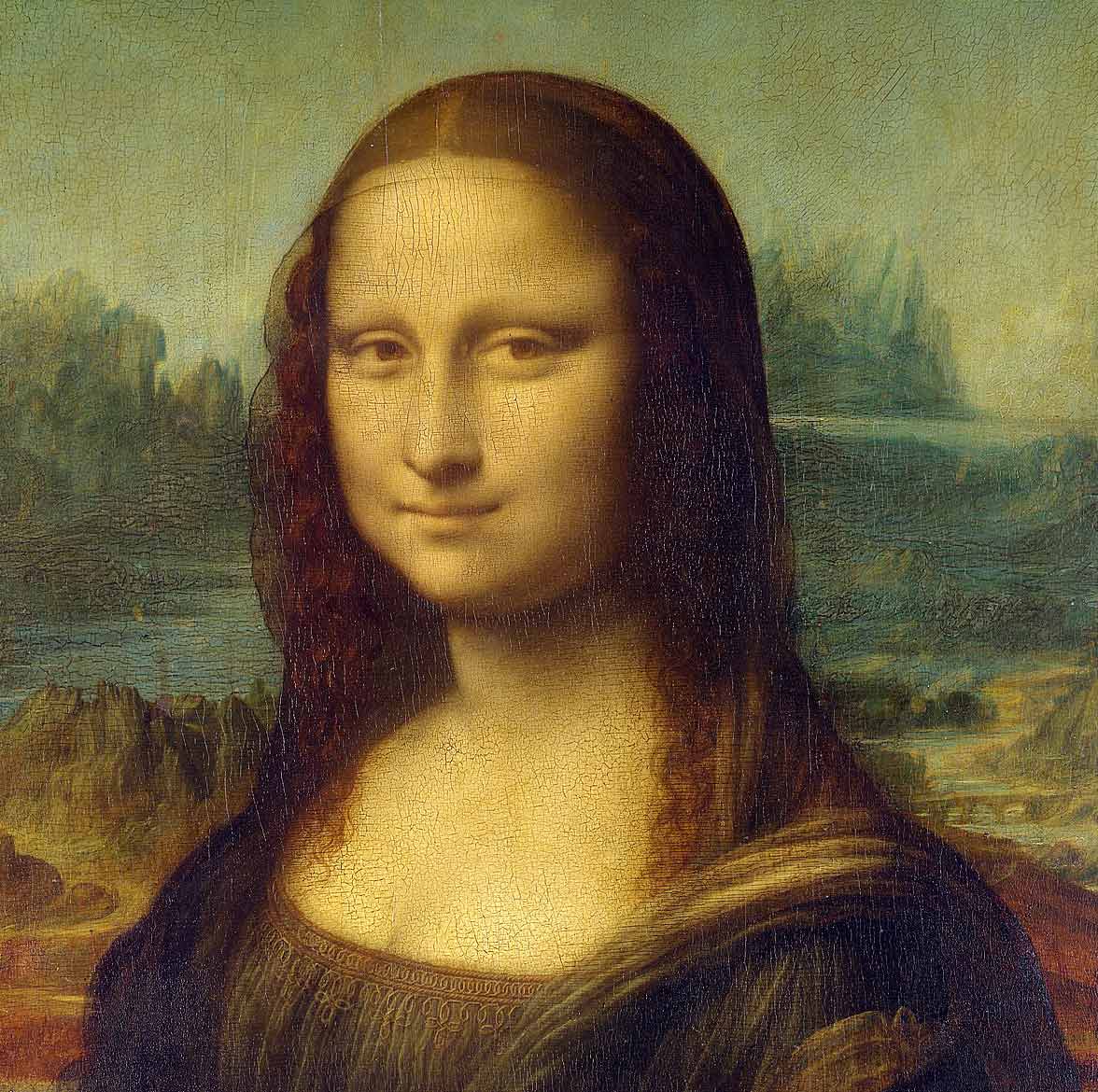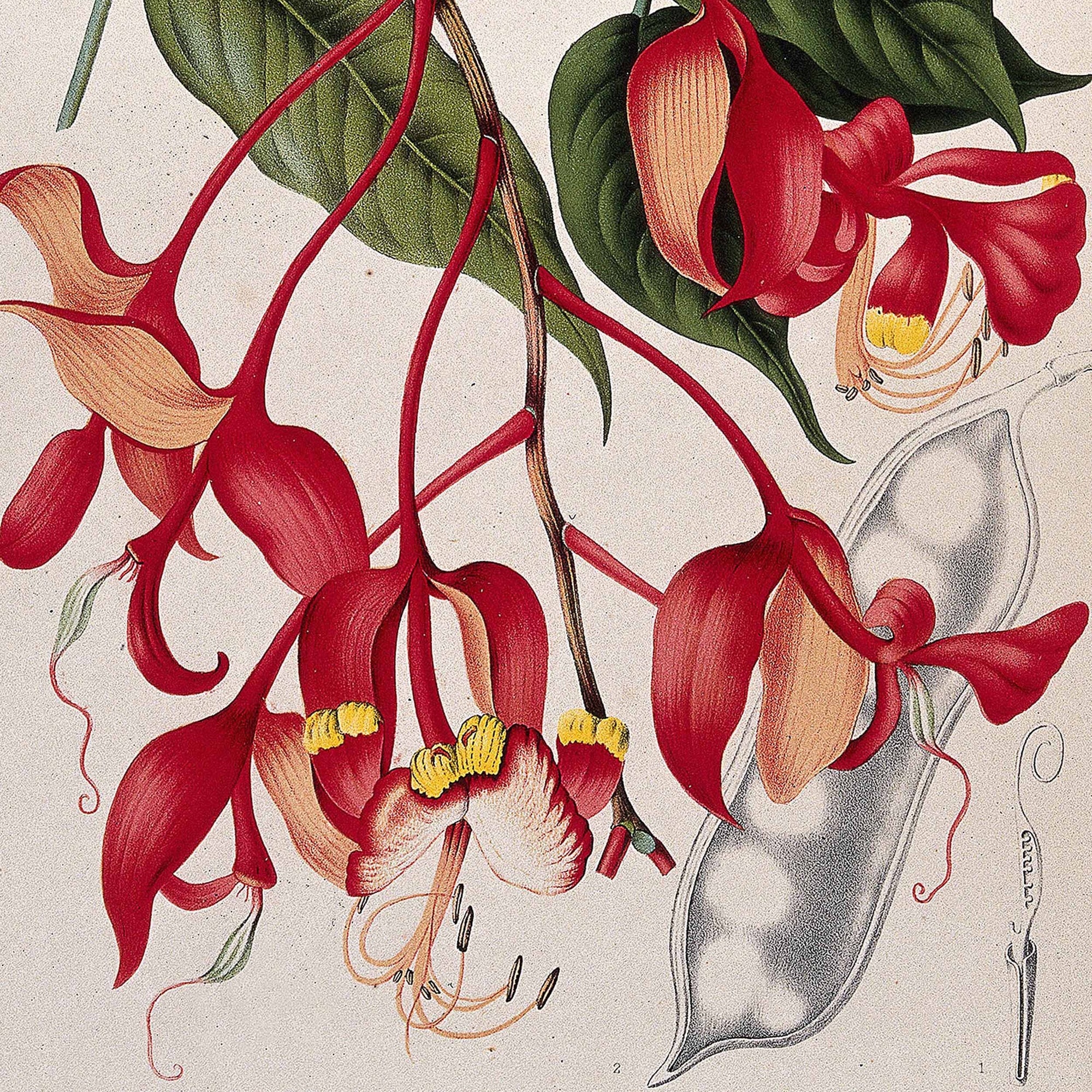Art historians, scholars and inquisitive audiences have speculated on the secrets hidden in Leonardo da Vinci's Mona Lisa. We've even discussed them on our blog! Today we're going to discuss another mystery that involves this painting, the tale of the 1911 theft of the Mona Lisa and how it disappeared for two years, and how its reappearance made it one of the most famous paintings in the world.
Who Was Vincenzo Peruggia?
Vincenzo Peruggia was an Italian artist and museum worker born in 1881. He is most famously remembered for his daring theft of the painting of the Mona Lisa from the Louvre museum in Paris on August 21st 1911. His previous experience at the Louvre provided him with the insider knowledge to carry out the heist. At trial, Vincenzo portrayed himself as an Italian patriot who had wanted to return da Vinci's painting to his native land, mistakenly believing it had been taken from Italy by Napoleon. He thought that the Mona Lisa had been taken from Italy by Napoleon during the French Revolution. However, this is now known to be false as it was gifted to Francis I of France by da Vinci when he joined the king's court 250 years before Napoleon was born.
How Was The Mona Lisa Removed From The Museum?
Vincenzo Peruggia's knowledge of the museum operations was essential to the success of his crime. The police theorised that he hid inside one of the many cupboards in the museum on Sunday, August 20th, knowing it would be closed the following day. According to Peruggia's interrogation in Florence after his arrest, he entered the museum on Monday, August 21st, around 7 am, alongside genuine Louvre employees and wearing a white smock, a uniform commonly worn by the museum's workers.
Since the Louvre is closed on Mondays, Peruggia waited until there were no employees in the Salon Carré (a room in the museum that has displayed Italian Renaissance paintings since 1849). He lifted the Mona Lisa off the four iron pegs from where it was displayed on the wall and took it to a nearby service staircase. There, he carefully removed its protective case, brace and frame before wrapping the painting in his smock to make his escape. This isn't as tricky as you may think; the Mona Lisa is painted on three planks of wood, is fairly small at 30 x 21 inches, and is reasonably portable, weighing 18 lbs / 8 kg.
He made his way down a service staircase, reaching a locked door. Peruggia had previously obtained a key for this door, but it failed him when he tried it. Peruggia had no option but to remove the doorknob with a screwdriver to escape. It was here that he encountered Sauvet, one of the Louvre's plumbers. Was this the moment of his undoing? Fortunately for Peruggia, Sauvet mistook him for an employee due to his uniform and kindly assisted him in opening the door with a pair of pliers. Peruggia calmly walked out of the (temporarily unguarded) main entrance of the Louvre with his prize.
Only on Tuesday, the day after the crime, museum staff realised the Mona Lisa was missing. Although it was not hanging in its normal position, this wasn't unusual; paintings were often moved to be maintained or photographed. Once the authorities established that it was stolen, the disappearance ignited a flurry of press speculation and police attention. Pablo Picasso was even suspected at one point! The public wondered if it was robbed at the behest of a wealthy collector and if it would ever be seen again.
How was The Mona Lisa Recovered?
For two years, Vincenzo Peruggia hid the painting in a trunk in his Paris apartment. After years of secrecy, Peruggia ran out of patience. He contacted Alfredo Geri, an art dealer working in Florence, Italy. Peruggia's letter claimed he was motivated to restore the Mona Lisa to Italy and that although his actions were not inspired by money, he would not turn down a financial reward from a thankful government. A shocked Geri called Giovanni Poggi – director at the Uffizi Gallery (one of Italy's most famous art galleries)- who authenticated the painting. The men offered Peruggia money for the piece and took custody of it while promising to 'arrange the funds'. Once it was in their hands, they alerted the police, who apprehended Peruggia at his hotel.
During his trial in Italy, Peruggia stated that this theft would help restore Italy's cultural heritage by returning what he saw as a stolen painting back to its rightful home. However, contradicting evidence made it apparent that his motivation had a financial element as opposed to patriotic loyalty; after all, why didn't he just donate the painting to an Italian museum? Letters to his father were also discovered that referenced making a 'fortune' and mentioned the 'prize' his son had acquired. This crime has been heavily debated ever since. Opinions differ on whether or not Peruggia should be considered a criminal, an Italian patriot, or perhaps both? What do you think?
The Italian jury decided he was a patriot and gave him a sentence of one year and 15 days, for which he served seven months. He later served in the Italian army during WW1, moved to France, reverted to using his birth name, Pietro and started a family. He died at the age of 44 in 1925.
What Happened To The Mona Lisa?
The Mona Lisa was exhibited around Italy before being ceremonially returned the painting to the French in a diplomatic act celebrating the strong relationship between the two countries. On January 4th 1914, the Italian authorities returned the artwork to the Louvre (below), where it became one of the most popular pieces - its dramatic disappearance had made it world-famous.
Further Reading:
Discover some of the secrets hidden in the Mona Lisa on our blog.
Check out more articles about this dramatic robbery; via Wikipedia, Vanity Fair and NPR, which includes an intriguing theory that Vincenzo Peruggia was not acting alone!
Interested in Learning More?
Master the art of realistically drawing the human body with Drawing The Human Figure: An Image Archive. The Vault Editions design team have carefully curated this reference book to help artists and designers create accurate and detailed drawings of the human form.
Develop your working knowledge of anatomy, proportions, expression, perspective and movement. Learn how to draw the human skeleton and muscle structure precisely with this impressive collection of reference images. Improve your knowledge and understanding of proportion by studying the arms, hands, legs and feet in ratios relative to the rest of the body, plus a range of illustrations showing the limbs in active movements to bring your illustrations to life. Perfect your drawings of the face and its features with detailed proportional and expressive reference drawings of the mouth, nose, ears and eyes. Whether you're a beginner or an experienced artist looking to refine your craft - this book has everything you need to master drawing the human form with confidence!
Features:
Each book comes with a unique download link providing instant access to high-resolution files of all 153 images featured. These images can be used in art and graphic design projects or printed and framed to make stunning decorative artworks. This book also comes with a complimentary print-at-home gridded workbook to assist you with your drawing practice.
 A police photograph of Vincenzo Peruggia in 1909, two years before the theft.
A police photograph of Vincenzo Peruggia in 1909, two years before the theft.
 The Mona Lisa digitally retouched to reduce the effects of aging.
The Mona Lisa digitally retouched to reduce the effects of aging.  The Mona Lisa in the Uffizi Gallery, in Florence, 1913. Museum director Giovanni Poggi (right) inspects the painting.
The Mona Lisa in the Uffizi Gallery, in Florence, 1913. Museum director Giovanni Poggi (right) inspects the painting.





